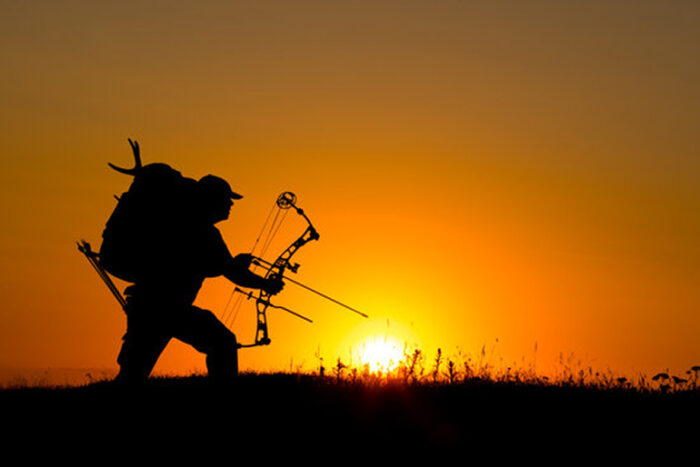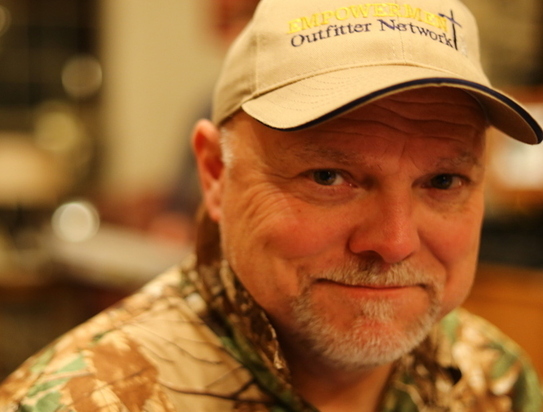When Bowhunting for Trophies Becomes Detrimental
The sound (or lack thereof) of an arrow gone awry is painful. Though it misses it’s intended target, it leaves a mark – on the bowhunter. This kind of failure can smart for sure, often leading to a lack of confidence and toxic thinking. But it can, of course, be turned into a positive. If logically taken to heart, it can make you a better hunter and archer. Though the fine line between success and a miserable whiffing moment is slim, the difference is often attitude. But what about adequate practice? That is, practicing releasing arrows at actual animals. The notion of “practicing more” may be considered trite, but when having to do with real game time application, it looms large.
Several Novembers ago, I sat perched in one of my favorite elevated stands in the middle of the Central Texas rut. I had already passed several does and underwhelming bucks in the preceding weeks. In terms of management, my contribution would come after the rut when I’d unleash a barrage of arrows and shells on a few deer. No problem. Or at least I thought.
Shortly after first light, a doe came in, followed by a large swollen-necked 8-pointer. Like a scripted moment, the heavy-antlered buck came in hot after the doe and settled in broadside at a mere 20 yards. Extremely excited, but confident, I drew, released, and whiffed. My arrow didn’t graze a limb, the deer didn’t jump the string, and no, my bow wasn’t off. I could even see my arrow harmlessly lodged in the ground under a dead cedar log. What would have been my best archery buck to date was long gone. It was a clean miss. Looking back, I couldn’t remember anything about my form or aim. Did I even look through the peep sight? Did I use the correct sight pin? It had happened fast and was a blur.
No harm, no foul I told myself after a few grueling minutes of silence. But it was a lie. For the next couple of weeks, I was miserable.
I’m lucky I have the luxury to hunt often during the long Texas deer season. Being largely a trophy hunter, this means a lot of sits without arrowing (or sometimes seeing) deer. For me, though, this doesn’t equate to failure. It means a lot of close encounters, education, and absorption of nature.
Admittedly, misses and poor shot placement are a whole different story for me. These are the miscues that I can carry around in my brain for a while. However, I can eventually find a refreshed outlook on the situation. This one, however, required honesty with myself – and an acknowledgment that I had wasted plenty of opportunities sending arrows at live animals. Real shooting practice. From an accuracy standpoint, I’ve found that no number of hours pounding a target can replace shooting my bow at live deer. People have different definitions of trophy hunting, but in my case, it’s a simple matter (and habit) of waiting for a mature large-antlered class of buck for the given area. I know that many hunters do the same, and there is nothing wrong with the approach.
However, as an experienced, yet average archer, I’ve found value in taking out a doe or two in the early season with my bow. At a minimum, I seek to shoot one real late in the season to at least tide me over. The preparation around the shot and physical repetition are invaluable and, usually, lead to success when faced with an encounter with a trophy, if not solid whitetail buck.
So next time when you “fail” with your bow in hand, don’t let the frustration and disappointment linger for too long. To the extent possible in your bowhunting world, consider tweaking your approach and not letting too much time elapse between shots at actual deer and other game. Lack of practice in shooting living, breathing targets may be the main thing keeping you from putting your tag on a “trophy.” Besides, in all my years of hunting, I’ve yet to find a target that tastes worth a dang.
Based in Texas, Jerald Kopp is President of 1st Light Hunting Journal. His articles cover a variety of topics about hunting and the outdoor lifestyle. Jerald is an avid outdoorsman with deer hunting and whitetails being by far his greatest passion. He was introduced to hunting and fishing at an early age and has been enjoying it for 40+ years. In 2005, he established the Empowerment Outfitter Network (EON) – a faith-based non-profit organization that provides hunting opportunities for disabled and terminally-ill children and youth. When not hunting, he spends his time traveling and enjoying life with Amy, his wife of over 30 years. Jerald and Amy have two adult daughters and a son-in-law.




